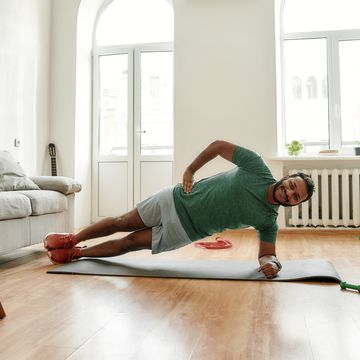Q What are strides? This term frequently pops up in training schedules, does it mean what I think it means – long steps – or am I missing the point?
A Strides are the steps you take when you run easy sprints. They are usually done at about 70-80 per cent of your maximum effort. The idea is that you match the mechanical action of a flat-out sprint, with the smooth action of a relaxed run – retaining enough energy to turn around for a few more repetitions.
You’ve probably seen people doing strides before the start of a race. As part of a warm up, or during training, strides encourage you to run with an economical style, because they allow you to run at a faster pace while using up the same amount of energy as before. Striding also develops quick feet, which increases your stride frequency. Research has shown that these benefits, which are associated with fast running, can also potentially improve performances in longer distances from 5K to the marathon.
Strides and other fast-paced running are part of elite runners’ daily training, but many runners fail to practise strides, tending instead to run at a steady pace – in effect, training themselves to run “steady”.
You can integrate strides into your training, by including them in up to three of your weekly sessions. Start by running easy for five to 10 minutes to warm up, then do four to eight sets of strides, each of 50-80m in distance. Treat them like a sprint, putting in 70-80 per cent of your maximum effort. You should feel relaxed and quick. As you run, scan your body for areas of tension: ensure that your head is held high, your shoulders are relaxed, your hands are lightly cupped, your hips are level and you are running lightly on your toes, with your feet recoiling very quickly each time they touch the ground. After the strides, start your regular session, retaining some of the speed and fluency from the strides. Regular transfer of running technique from strides to your standard runs should boost your steady running pace.
—Advertisement - Continue Reading Below













